#buddhist temples
Photo

The silver shrine of Wat Sri Suphan in Chiang Mai, Thailand
#queue#photography#chiang mai#thailand#wat sri suphan#wat si suphan#วัดศรีสุพรรณ#silver temple#travel#travel photography#buddhist temples#silver hall#asia#southeast asia#architecture#thai architecture#lanna architecture
42 notes
·
View notes
Text

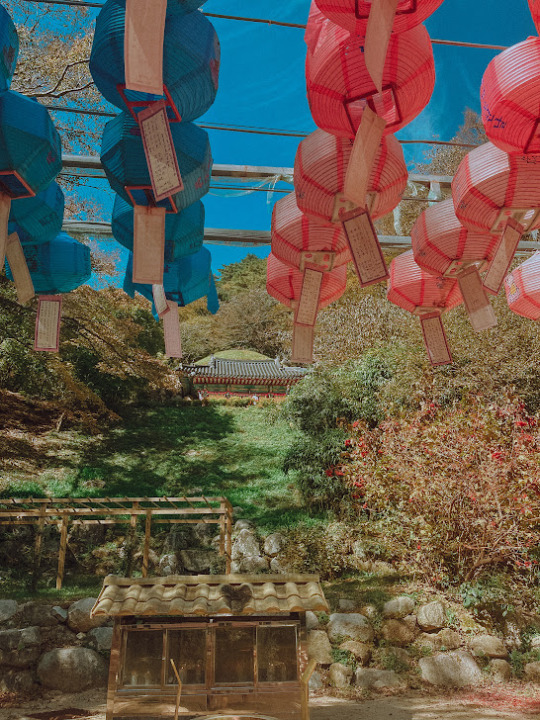

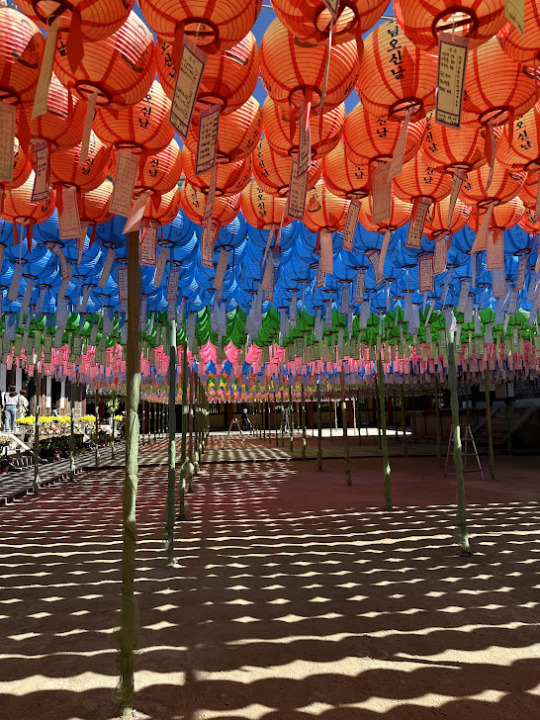
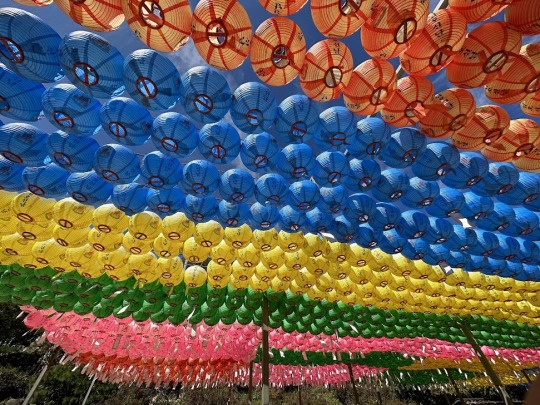

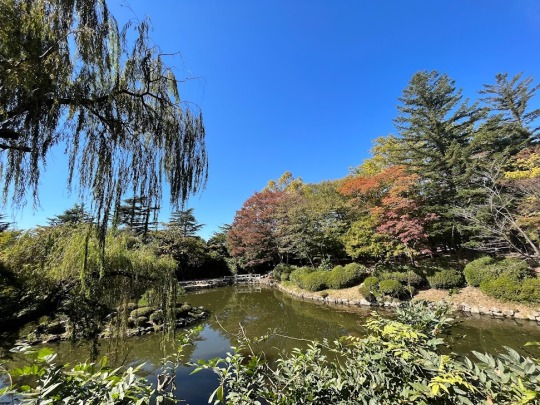

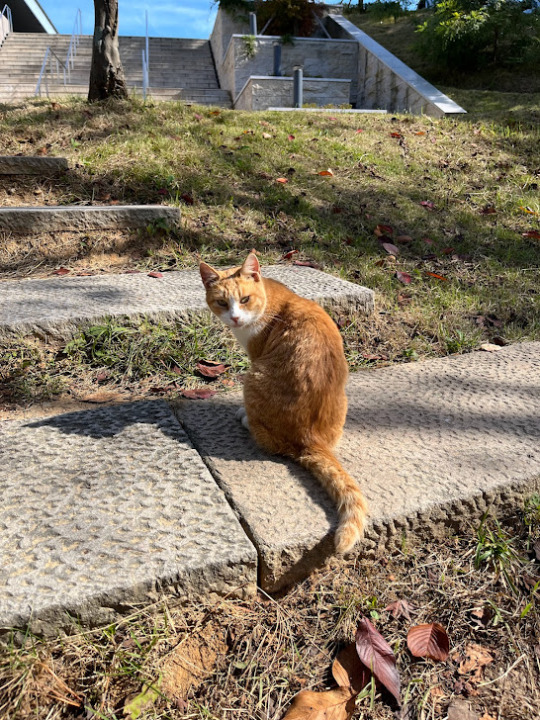
October 18, 2023.
#gyeongju#bulguksa temple#seokguram grotto#unesco#buddhism#buddha#buddhist temples#south korea#cat#korea
4 notes
·
View notes
Text
Buddhist temples, China
Photo by Mitsuru Wakabayashi

15 notes
·
View notes
Text
Integrate Pavers in Zen Gardens
Integrate Pavers in Zen Gardens
Sometimes, it takes seeing a design element in action to convince you to implement it. Though there are many applications in which natural stone pavers play a starring role, they do shine in Japanese and zen gardens alongside a variety of other plants, structures, rocks, and water features.
We’ll explain the aesthetic principles of Japanese and zen gardens. Along the way, will show you examples…
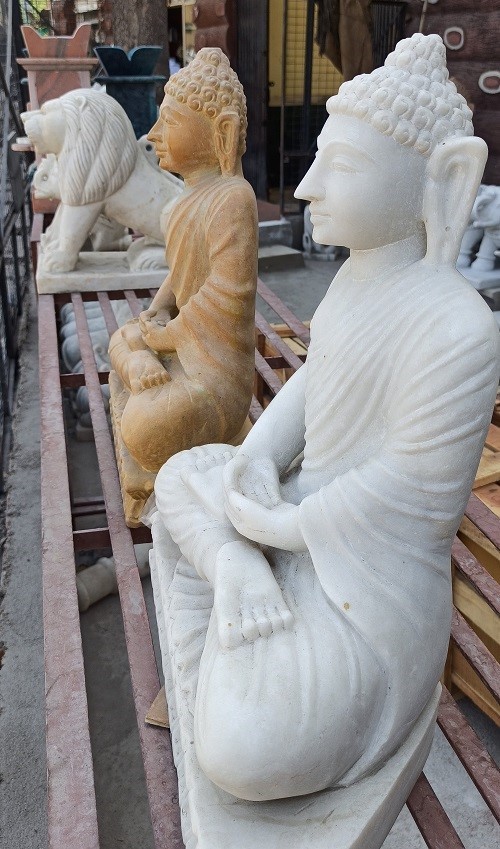
View On WordPress
#Asymmetry#Bonsai trees#Buddhist temples#Integrate Pavers in Zen Gardens#Japanese maple tree#Meditation#Miniaturization#natural stone pavers#Pagoda-shaped lanterns#Pavers#Plants#Raked patterns imitate ripples#rocks#Shared Elements#small teahouse#structures#Water Features#Zen Gardens
2 notes
·
View notes
Text

A 1400-year-old Ginkgo tree found within the walls of the Gu Guanyin Buddhist Temple, in the Zhongnan Mountains region of China.
#Ginkgo tree#tree#yellow#nature#china#Zhongnan Mountains#temple#buddhist temple#Gu Guanyin Buddhist Temple#scenery
29K notes
·
View notes
Text
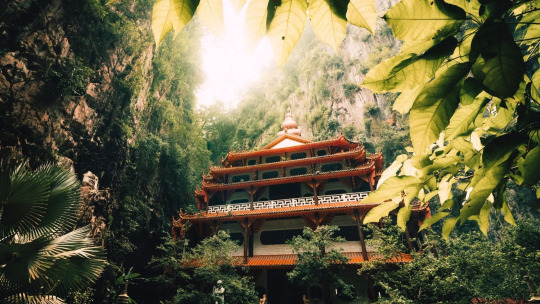
#ipoh#malaysia#asia#temple#rainforest#ipoh temples#temples#buddhist temple#buddhist temples#mypost#nature#travel#forest#green#peaceful#travel goals
1 note
·
View note
Text
Thailand: A tropical travel destination that combines culture and natural beauty

View On WordPress
#Buddhist temples#Nightlife#Ranger of Miles#rangerofmiles#Sandy beaches#seafood#Thai cuisine#Thailand#Travel#vacation
0 notes
Text
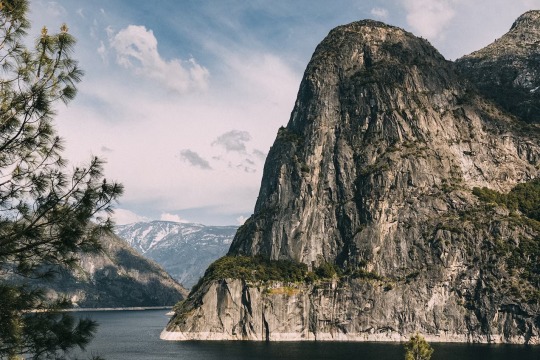
The people of California’s gold rush towns have brought new life to the area, inspite of wildfires and the pandemic. Photograph By Tanveer Badal
How California Dreaming Is Bringing New Life To Gold Rush Towns In The Sierra Nevada
In the foothills of the Sierra Nevada Mountains, Tuolumne County offers an introduction to the natural wonders of California, alongside a wealth of quirky Gold Rush towns and Hollywood film sets primed for a comeback.
— By Zoey Goto | Photographs By Tanveer Badal | August 31, 2023
At an age when most schoolkids are still learning to tie their shoelaces, Nathaniel Prebalick — AKA Gold Plate Nate — was teaching budding treasure hunters how to pan for gold. As a third-generation prospector, he was raised amid the sparkling streams of California’s Gold Country, in the foothills of the Sierra Nevada, getting to know its watery veins as well as the life lines of his own hands.
While this may sound like a sepia-tinged snapshot from another century, it’s anything but — as I discover when I meet Nate on a grassy riverbank one spring morning. He’s a thoroughly modern gold digger — a smiling twentysomething who uploads his gilded finds to Instagram — and he has a ready explanation for why Tuolumne County in eastern California is, once again, in the grip of a gold rush.
“We’ve had historic rains recently and all the gushing water has brought gold down from the hillside,” Nate says in a honeyed, Californian drawl, zipping his wetsuit up to his neck and wading into the cascading stream with a miner’s shovel in his hand. Nearby, his ponytailed father, who goes by the name of Nugget Nick, swirls a murky pan of sediment, locked into the eternal quest for a eureka moment.
Scenes like this were first witnessed in California 175 years ago, after the heady discovery of shimmering flakes attracted a stampede of 300,000 fortune-seekers who ended up reshaping the landscape of the American West. Fast forward to the present day and, once again, it seems there’s gold in them there hills. The focus for today’s prospectors are the foothills of the Sierra Nevada mountains, around two-and-a-half hours east of San Francisco. A combination of recent environmental factors, including Californian wildfires loosening the soil, coupled with pounding rains, has stirred up a bounty of precious metal in Tuolumne.
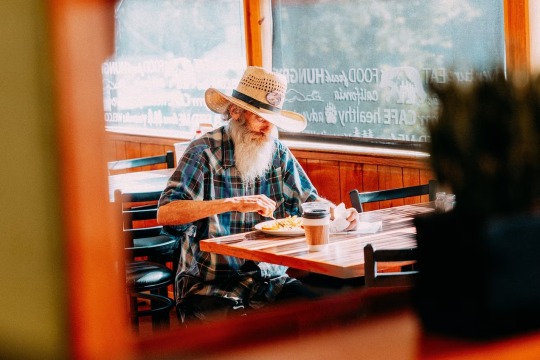
The locals are at the heart of bringing a new lease of life to these gold rush towns. Photograph By Tanveer Badal
Nate can be found most days sieving the brooks around the town of Jamestown, guiding groups of hobbyists and curious tourists as part of his family’s California Gold Panning business. In a state that’s long dangled the tantalising carrot of easy wealth — as dirt-poor miners who have struck it rich and the overnight tech billionaires of Silicon Valley will attest — Nate still holds onto a glimmer of hope each time he lays his shiny silver sluice box on the pebbled riverbed.
“I once found a nugget the size of my palm,” he enthuses, pushing ringlets of hair back from his damp forehead. He explains that only a fraction of the region’s gold was unearthed during the California Gold Rush of the mid-19th century, so there’s plenty of treasure still to be found — if you don’t mind a bit of hard physical graft. “Sure, most people aren’t getting rich doing this kind of work. But out here in nature, I’m guaranteed a lifetime of fun and a million dollars’ worth of experiences,” he says with an easy laugh and a gold-tinted glint in his eye.
Bidding Nate and his family farewell, I move on to Chinese Camp, a once-thriving stagecoach stop that was home to 5,000 Chinese miners during the Gold Rush and became a key hub for early Asian settlers in the US. Today, a handful of resilient residents remain, alongside a surreal ostentation of squawking peacocks, which parade like royalty through the near-deserted streets.
The tinkling bell above the door having announced my entry into the dinky Chinese Camp Store and Tavern, I browse shelves crammed with fizzy pop, noodles and gemstones. It’s a rare relic of a time when incense burnt outside Buddhist temples and children filed into the pagoda-roofed schoolhouse. Once the Gold Rush ended, China Camp emptied out, its buildings slowly surrendering to the creeping vines, leaving the town looking like the set of a Tim Burton gothic masterpiece.
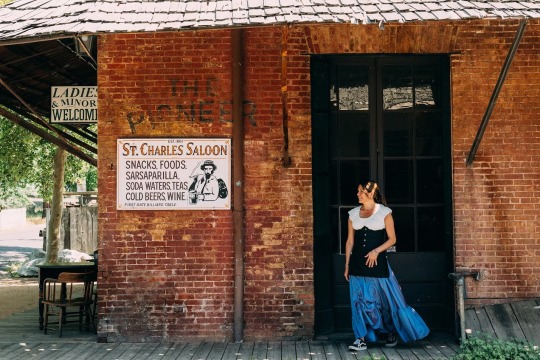
Moving with the times: St Charles Saloon in Columbia State Historic Park was originally a provisions store. Photograph By Tanveer Badal
It’s a very different vibe at my next stop, further down the snaking Route 49 highway: Columbia State Historic Park, a quirky town founded in 1850. This perfectly preserved slice of Western whimsy is home to the largest collection of Gold Rush-era brick buildings in the state. Lining the main drag are higgledy-piggledy wooden boardwalks, vintage saloon bars with swinging doors that creak in the breeze, and old-timey store fronts, the workers inside dressed in period costume like a posse of extras from a John Wayne flick.
Tuolumne is a region that’s had more scene changes than the Wild West films that were once shot here, including mid-century cult classics such as The Legend of the Lone Ranger and High Noon. Originally, this rugged scenery was home to the Me-Wuk Indians, who were pushed off their land when the gold frenzy hit. After the rush had subsided, many once-prosperous towns dwindled into rickety old ghost towns, only to be given a second act when Hollywood came calling, transforming them into sets for rootin’, tootin’ cowboy films. It’s still up for debate what the grand finale for the frontier towns that stud California’s landscape will be, but in Columbia, at least, the answer seems to swing towards a fabulously kitschy re-enactment village.

Not all traces of California’s past have been forgotten. The Yosemite Pines RV resort has nods to history everywhere, such as these Conestoga wagons. Photograph By Tanveer Badal
Following intoxicating wafts of melting caramel, I arrive at the door of Nelson’s Columbia Candy Kitchen. There to greet me is fourth-generation owner Janice Nelson, dressed in a floor-skimming floral prairie dress and standing behind glass cases stacked high with a wobble of fruit jellies, like a maternal Willy Wonka. She tells me her 100-year-old family business provides something that resonates on a far deeper level with her customers than the colourful gobstoppers and aromatic clove drops being carefully weighed out on ornate scales. “This shop is our little gold mine. But what we’re really selling is a nostalgia for the Old West,” she says, leading me past a table where women with tattooed arms are delicately hand-dipping chocolates, through to a kitchen where the walls are lined with antique copper pans. “It’s the romantic sense of freedom, discovery and adventure that attracts people to this area,” she says, as a group of children stand on tiptoes outside, eyes wide and noses pressed up against the shop window as they watch a display of hot peanut butter brittle being slathered onto a marble slab to cool.
That evening, I drive 30 miles south east to Yosemite Pines RV Resort, in the midst of the type of wilderness that’s best described as ‘wide screen’. Under an inky sky, I bed down for the night in a covered Conestoga wagon, the kind that once brought trails of hopefuls to the mother lode, so the legend goes. But appearances can be deceptive, I discover, as I ease open the door of my canvas-covered glamping wagon to find all the mod cons of a smart hotel, from a double bed and air conditioning to a coffee machine. Drifting off to sleep, I realise that Tuolumne is the kind of place where the past and present constantly overlap, creating an endlessly entertaining guessing game of ‘spot the Wild West fake��.
Getting Wild Out West
Not all windfalls in Tuolumne involve precious metal, I find out the next morning when I meet adventure guide Bryant Burnette at the entrance of Hetch Hetchy Valley, tucked into the northwest corner of Yosemite National Park. When Yosemite became a national park in 1890, Bryant tells me, it kick-started a tourism boom and luxury cabin resorts such as nearby Evergreen Lodge sprang up around the fringes of the park to accommodate holidaymakers. Nowadays, compared with other Yosemite entry points, Hetch Hetchy offers a lesser-trodden route into the fifth-most-visited national park in the country.
We head on into Yosemite, hiking through shape-shifting scenery — fields of alpine wildflowers one moment, the next, granite mountains so high I try not to fall over as I crane my neck to take them in.
Like all epic landscapes, Yosemite holds multiple meanings, which are often at odds with each other, Bryant says as we skirt our way around the edges of Hetch Hetchy Reservoir, a sheet of ruler-flat water framed by soaring peaks. America’s third national park, Yosemite helped create a blueprint for the conservation and preservation of the natural world, but it was also at the centre of a fierce environmental battle. In the 1920s, a controversial dam was built at Hetch Hetchy to provide drinking water for the residents of San Francisco, flooding the valley floor. There’s talk of draining the reservoir and reclaiming the original landscape, but, Bryant explains, the mass of water does at least mean there’s a greater diversity in the flora and fauna here than elsewhere in Yosemite.
As we pick our way along rugged boulder trails, Bryant tells me that he first came to this neck of the woods with a backpack and 100 bucks in his pocket, determined to conquer the 2,308 hair-raising metres of sheer rock face that make El Capitan Yosemite’s superstar mountain. Having reached its summit, Bryant found something about this mythical landscape that he just couldn’t shake off, so he stayed on and set up Echo Adventures Cooperative with his wife, leading outdoorsy expeditions that include rafting, snowshoeing and campouts.

The reservoir at Yosemite was created in 1923. Photograph By Tanveer Badal
“I didn’t want to spend my life dragging my knuckles into an office. I wanted to wake up each morning and feel excited about going to work,” he reflects. We turn a corner and, like the outrageous flirt that it is, Yosemite wows us with the sight of a rainbow trapped inside a spectacular, sky-high, misty waterfall. It’s a view that makes it easy to understand why Bryant chose waterfalls in the park over watercooler moments in the office.
Determined to see for myself why Yosemite’s rocks had cast their lifelong spell on Bryant, the following morning it’s a bleary-eyed start as I buckle up for a sunrise trip with Yosemite Flights. My guide for the morning is Jason Johanson, a friendly commercial pilot who recently co-founded his own outfit offering aerial tours to visitors wanting a bird’s eye view of this climber’s playground. Such is his love for aviation, Jason lives with his young family in a converted hanger at the side of the airstrip, he tells me over a crackling microphone as we whizz along the runway in his light aircraft. “There’s my home. It makes for an easy walk to work,” he says, laughing, tapping a finger against the side window as we launch into the air.
Minutes later, we’re rising above smudgy clouds to look down upon a chequered patchwork of backcountry. From this giddy vantage point, it’s easier to make sense of the ripple effect that the Gold Rush had on Tuolumne’s landscape. There are the timber mills, frontier towns and railway tracks that once serviced the mining industry, and, in contrast, Yosemite National Park, designated a protected wilderness to halt the damage being inflicted on the valley’s ecosystem by the new settlers.
We glide on over the park, circling majestic El Capitan and neighbouring Half Dome like a hawk. Gazing down at the climbers currently hiking along the valley floor, looking like a trail of ants from above, it’s hard to believe that in a couple of hours they’ll be scrambling up these snow-capped cathedrals of stone. We complete a final glory lap before heading back to Pine Mountain Lake Airport, where, still bathed in the orange glow of sunrise, Jason contentedly makes the 20-step commute back to his home.
Boom to Bust and Back Again
As I arrive in the quaint cowboy town of Sonora, west of the park, the copper gleam of an urban brewery offers up the first clue of a renaissance. But it’s the beatnik coffeehouses filled with artfully exposed brick walls and freelancers tapping away on laptops that seal the deal. As I stroll the main street of the 150-year-old settlement, originally founded by Mexican miners and overlooked by a redwood church, I’m finally getting a glimpse into the future of Tuolumne’s Gold Rush towns — and it’s looking decidedly hipster.
The latest chapter in Sonora’s bust-to-boom script occurred during the pandemic, when many of the decades-old businesses that had occupied its retro buildings folded overnight. In their place, a fresh crop of indie boutiques, florists, juice bars and poke-bowl joints set up shop, as a new generation of Tuolumne residents took a punt on their start-up dreams.
In the heart of downtown Sonora, I make a pit stop at The Armory, a courtyard bar and restaurant festooned with strings of lights. Locals mill around the recycled-barrel tables waiting for the weekly country line dancing class to kick off. Dashing past on her way to do the school run, co-owner Rebecca Barrows stops at my table for a chat. She opened the place with her husband in 2022. To cater for the younger demographic of the area, there’s a cocktail bar hidden within a bourbon-barrel doorframe, and salsa and DJ nights.
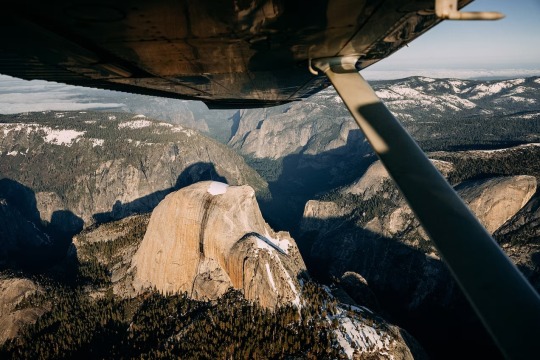
The views on a scenic light aircraft ride with Yosemite Flights include Yosemite’s Half Dome. Photograph By Tanveer Badal
“Post-Covid, there’s been a real turnover of businesses around here,” Rebecca says. “It’s the green shoots of a new scene.” Running out, she calls over her shoulder, “Be sure to try the rodeo smash burger before you leave town.” I take her advice, tucking into a hot mess of beef patties, jalapeños and pepper jack cheese — a dish that’s earned The Armory a place on the Tuolumne County Craft Burger Trail, a network of 10 eateries that take the humble burger to new heights.
Thoroughly satisfied, I leave Sonora and head back to San Francisco through the swaggering scenery of Tuolumne, a landscape that I’d seen a thousand times before on lazy Sunday afternoons spent watching Westerns on the small screen at home. I take a peek inside the shadowy doorway of California’s oldest saloon bar, the Iron Door Saloon in Groveland, where cowboys in Stetsons are propping up the bar, looking like they haven’t budged an inch since the glory days. It suddenly all feels strangely familiar — the trail of riders on horseback, the cinematic frontiers, the flutter of star-spangled banners outside honky-tonks. Long before I arrived on Californian soil, pop culture had already graciously made the intros.
A couple of hours later, I’m back in the urban swell of San Francisco and Tuolumne’s Gold Rush towns are but a dusty memory. But I know where to find them for next time — out there where the highway ends, in a place where young gold diggers still splash in rivers and tourists drift off to sleep in reimagined cowboy wagons, that’s where you’ll find the new Old West.
#Travel 🧳#California#Gold Rush#Gold Rush Town#Caligula Dreams#Sierra Nevada#Sierra Nevada Mountains ⛰️ | Tuolumne County#Zoey Goto#Nathaniel Prebalick | Gold Plate Nate#California | Gold Rush | Mid-19th Century#Chinese Camp ⛺️#Chinese Miners#Dinky | Chinese Camp Store | Tavern#Fizzy Pop | Noodles | Gemstones#Buddhist Temples#Pagoda-Roofed Schoolhouse#Tim Burton | Gothic Masterpiece.#Route 49 Highway#Columbia State Historic Park#Gold Rush-Era Brick 🧱 | Buildings#Higgledy-Piggledy| Wooden Boardwalks | Vintage Saloon Bars#John Wayne#The Legend of The Lone Ranger and High Noon#Nelson’s Columbia Candy Kitchen#Janice Nelson#Willy Wonka#Nostalgia | Old West#Yosemite Pines RV Resort#‘Spot The Wild West Fake’#Bryant Burnette
0 notes
Text

Kawase Hasui (1883-1957)—Konjiki Hall of Chusonji Temple, Hiraizumi [woodblock print, 1935]
892 notes
·
View notes
Text
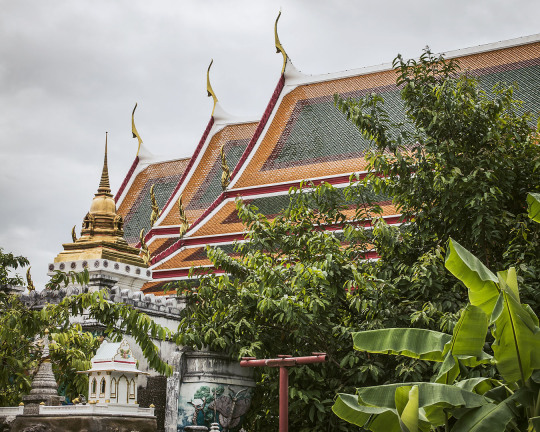
Wat Pho, Bangkok, Thailand
13 notes
·
View notes
Text

#bakuspeech#this is just wank really but also like. lol#friembly remoinder I'm not christian ok? ok#like grew-up-around-buddhist-temples-and-folk-shrines not christian#so uh. please? and thank u
2K notes
·
View notes
Text
[Hanfu · 漢服]Chinese immortal Hanfu Based On Ming Dynasty Zhengtong ear (1439AD)Fahai Temple Murals

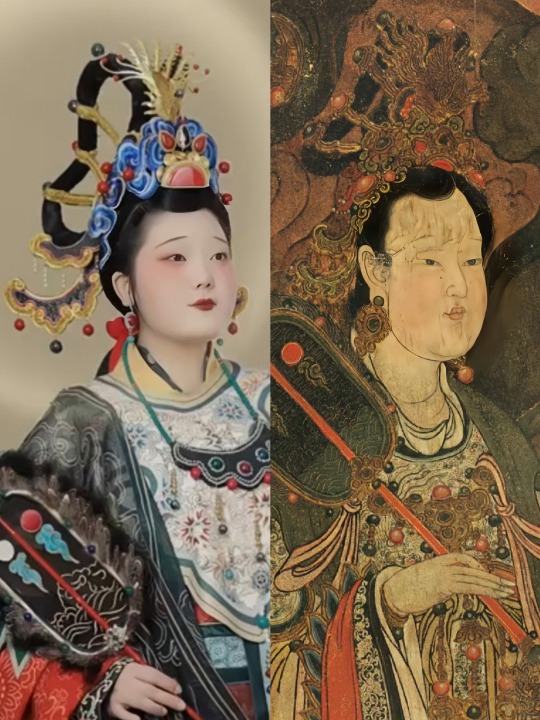





【Historical Artifacts Reference 】:
Ming Dynasty "鬼子母神" in the mural of Fahai Temple in Beijing,China.


【About the "鬼子母神" 】
鬼子母神,also known as Hārītī (Sanskrit),is both a revered goddess and demon, depending on the Buddhist tradition. She is one of the Twenty-Four Protective Deities of Mahayana Buddhism.
In her positive aspects, she is regarded for the protection of children, easy delivery and happy child rearing, while her negative aspects include the belief of her terror towards irresponsible parents and unruly children.
In both Chinese and Japanese Buddhism, she is venerated as a protector deity, but in many folk traditions is often recognized as a female demon of misery and unhappiness towards children and parents.
In Chinese Buddhism, Hārītī is also known as Hēlìdì (訶利帝) or Hēlìdìmǔ (訶梨帝母). In Chinese tradition, she is one of the Twenty-Four Protective Devas (二十四諸天 Èrshísì zhūtiān), a group of Dharmapalas who are venerated as protectors of Buddhists and the Dharma.Statues of this group (and Hārītī) are often enshrined within the Mahavira Hall in Chinese temples and monasteries.
————————
📸Recreation Work:@粉墨长安古典妆造
🔗 Xiaohongshu:http://xhslink.com/cNP1Hz
————————
#chinese hanfu#immortal Hanfu#hanfu#hanfu accessories#hanfu_challenge#china#chinese traditional clothing#chinese#Buddhist#buddhist art#鬼子母神#Fahai Temple Murals#chinese art#ancient china#漢服#汉服#中華風#Ming Dynasty
374 notes
·
View notes
Text



Nighttime kôyô (autumn foliage) at Kaijûsenji temple, I love the fiery maple illuminations against the green floodlit trees!
#japan#photography#autumn in japan#koyo#kouyou#maple leaves#momiji#Kaijusenji#buddhist temple#@v0_0v______mk
185 notes
·
View notes
Text

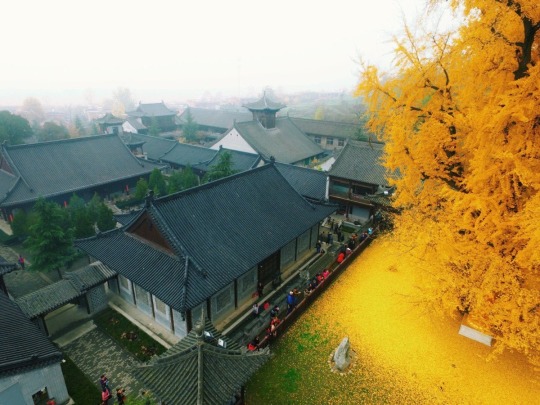
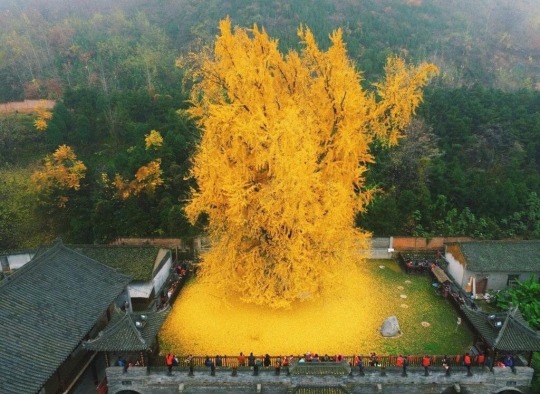

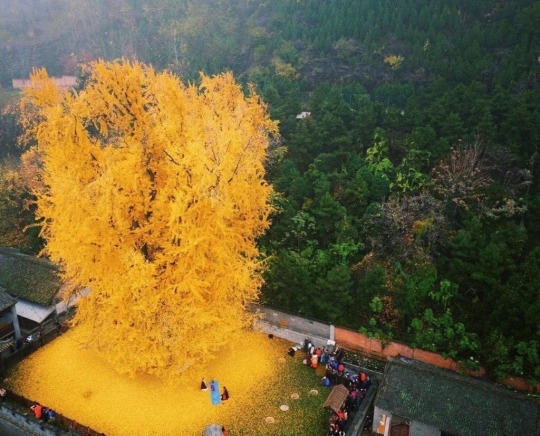
A 1400-year-old Ginkgo tree in the Gu Guanyin Buddhist Temple, Zhongnan Mountains of China.
#Gu Guanyin#Buddhist Temple#temple#Ginkgo tree#tree#yellow#nature#Zhongnan Mountains#china#photography
4K notes
·
View notes
Text

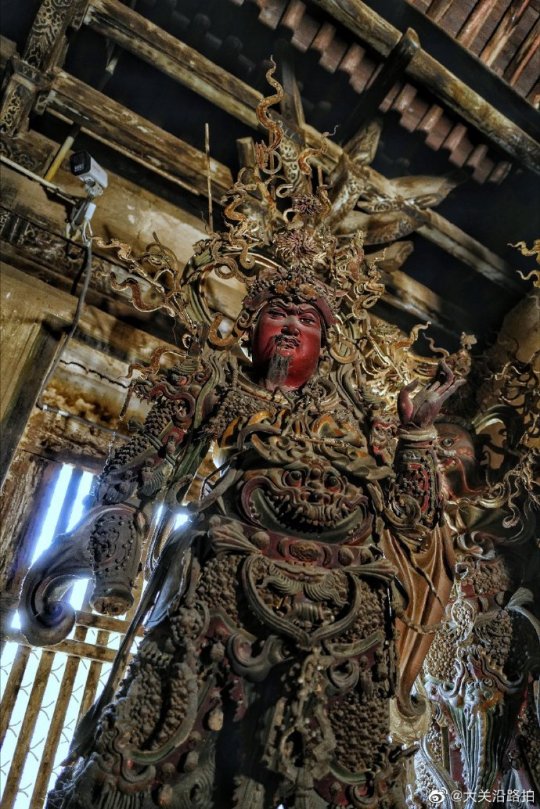
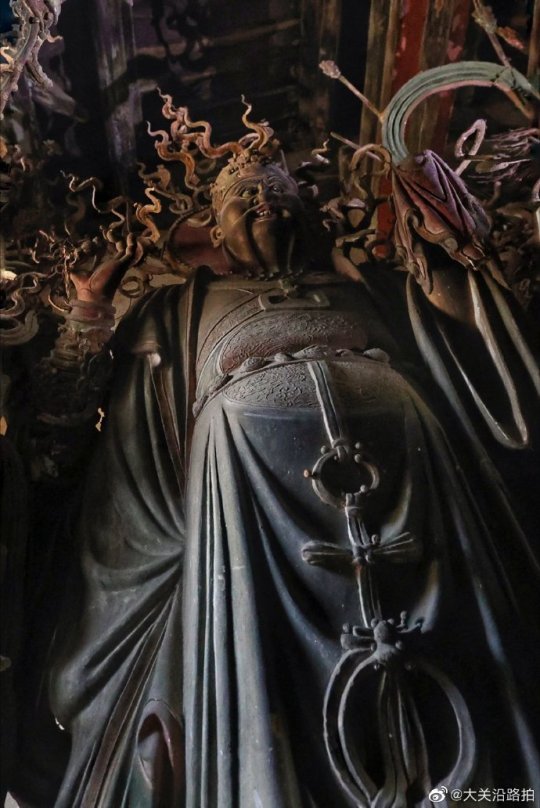

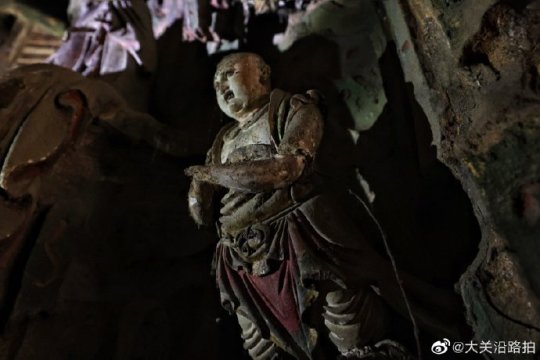




Extreme Baroque: Iron Temple On The Rice Mountain
Grotesque images from the Buddhist Iron Temple (鐵佛寺).
Located on the Rice Mountain (米山), Mixi (米西村) village, Jincheng, Shanxi, the temple is of an unknown construction date. The earliest record on the stone pillar in the main hall dates back to the seventh year of the Dading (大定) period of the Yuan or Jin dynasties. There is evidence that the temple was reconstructed in the third year of Wanli (1575). However, in the county annals, it is mentioned no earlier than the Qing dynasty.
These astonishing, presumably Ming statues owe their creation to the proximity of an iron ore. Iron frames made it possible to give the clay figures intricate poses and frilly decor.
Photo: ©大关沿路拍
#ancient china#chinese culture#chinese mythology#chinese art#chinese architecture#yuan dynasty#jin dynasty#chinese temple#statues#sculptures#scultpure#buddhist temple#buddhist#buddhist deities#religious art#buddhism#ming dynasty#qing dynasty#statuary#religious imagery
124 notes
·
View notes



